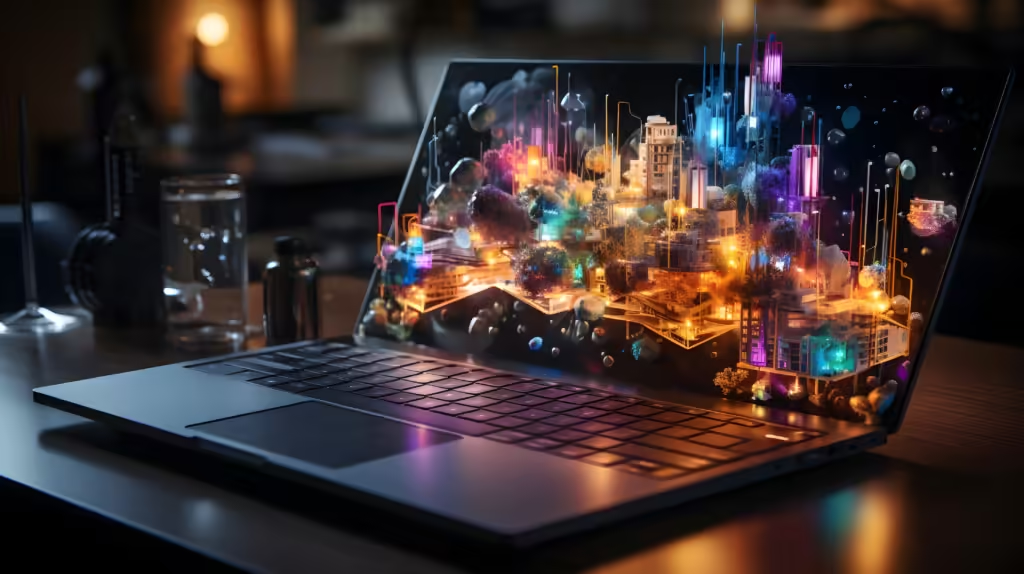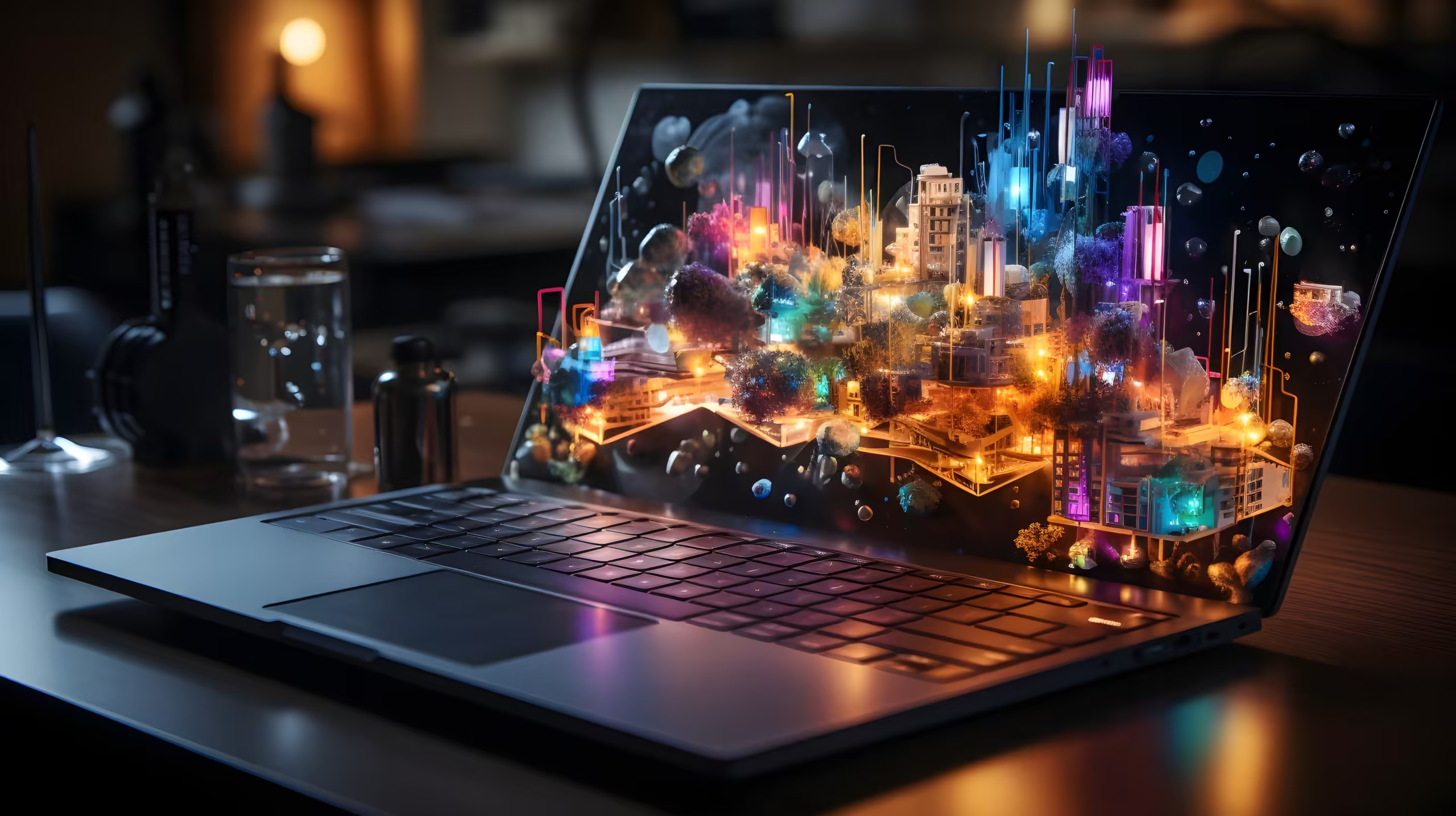Introduction: The Role of Art Platforms in a Globalized World
In today’s interconnected world, art platforms play a pivotal role in bridging cultural gaps. They provide a unique space for artists from diverse backgrounds to showcase their work. These platforms enable a dialogue among different cultures, fostering mutual understanding and appreciation. Artists can reach audiences far beyond their local communities, making art a universal language. This digital evolution is reshaping the artistic landscape, creating opportunities that were once unimaginable.
Understanding Cultural Gaps in the Artistic Community
Cultural gaps often arise from geographical, linguistic, and socio-economic barriers. Artists from marginalized communities may struggle to gain visibility. Traditional art spaces may not fully represent the rich tapestry of global cultures. Consequently, many artists find it difficult to connect with wider audiences. Understanding these gaps is essential. It allows us to recognize the importance of inclusivity and representation in the art world.
How Digital Art Platforms Foster Cross-Cultural Collaboration
Digital art platforms serve as bridges for collaboration. They connect artists from different cultures, allowing them to share ideas and techniques. For instance, a painter in Kenya can collaborate with a digital artist in Japan, blending traditional and modern styles. This cross-cultural exchange enriches the artistic process. It leads to innovative works that reflect a fusion of influences. Furthermore, such collaborations can also cultivate friendships and networks that transcend borders.

Promoting Diversity: Showcasing Underrepresented Artists
One of the significant advantages of art platforms is their ability to promote diversity. They provide a stage for underrepresented artists to showcase their work. For example, platforms like Artsy and Saatchi Art feature diverse voices and styles. By highlighting these artists, platforms challenge the dominance of mainstream narratives. This promotion of diversity fosters a richer artistic environment. It encourages viewers to explore and appreciate various cultural expressions.
Art Platforms as a Space for Cultural Exchange and Dialogue
Art platforms are more than just galleries; they are spaces for cultural exchange. They facilitate dialogue between artists and audiences. This interaction fosters understanding and respect for different cultures. For instance, online exhibitions often include artist statements, videos, and discussions that explain cultural contexts. These narratives enrich the viewer’s experience, transforming how we engage with art. It allows us to see beyond the surface, understanding the stories and histories behind the artwork.
The Impact of Technology on Cultural Accessibility in Art
Technology has significantly impacted cultural accessibility in art. With just a few clicks, anyone can access artworks from around the world. Virtual exhibitions and online galleries break down geographical barriers. This accessibility allows people to engage with art forms they might not encounter in their local communities. Moreover, technology enables artists to reach diverse audiences, facilitating broader appreciation of different cultural backgrounds. It democratizes art, making it available to everyone.
Case Studies: Successful Global Art Projects on Digital Platforms
Several global art projects illustrate the power of digital platforms. For example, the “Global Art Project” connects artists from different countries to create collaborative artworks. This project not only showcases diverse artistic practices but also promotes international dialogue. Another example is the “Artist Residency Online,” which allows artists to collaborate digitally, creating art that reflects their shared experiences. These projects demonstrate the potential of art platforms to unite artists and audiences globally.
Challenges Faced by Artists from Different Cultures
Despite the advantages, challenges remain for artists from diverse cultures. Many face issues such as cultural appropriation and misrepresentation. Artists may feel pressured to conform to mainstream tastes, risking the authenticity of their work. Additionally, navigating the digital landscape can be daunting, especially for those unfamiliar with technology. These challenges highlight the need for continued support and education within the art community.
How Art Platforms Are Shaping the Future of Cultural Appreciation
Art platforms are reshaping how we appreciate culture. They encourage curiosity and exploration of different artistic traditions. As audiences engage with diverse artworks, they develop a deeper understanding of various cultures. This shift in appreciation promotes empathy and respect. It encourages us to celebrate differences rather than fear them. Ultimately, art platforms are paving the way for a more inclusive and understanding world.
Tips for Artists: Leveraging Art Platforms to Connect Globally
For artists looking to connect globally, leveraging art platforms is crucial. Here are some tips:
- Choose the Right Platform: Research platforms that align with your artistic style and goals.
- Engage with Your Audience: Use social media to share your creative process and interact with followers.
- Collaborate with Other Artists: Seek opportunities for cross-cultural projects to expand your reach.
- Tell Your Story: Share the narratives behind your work. This adds depth and engages viewers on a personal level.
Conclusion: The Future of Art Platforms in Bridging Cultural Gaps
In conclusion, art platforms play a transformative role in bridging cultural gaps. They promote diversity, facilitate collaboration, and foster understanding. As technology continues to evolve, these platforms will likely become even more integral to the artistic community. By supporting global artists and encouraging cultural exchange, art platforms are paving the way for a richer, more inclusive artistic landscape. Embracing this change is essential for artists and audiences alike. Together, we can celebrate the beauty of diversity in the artistic world.

